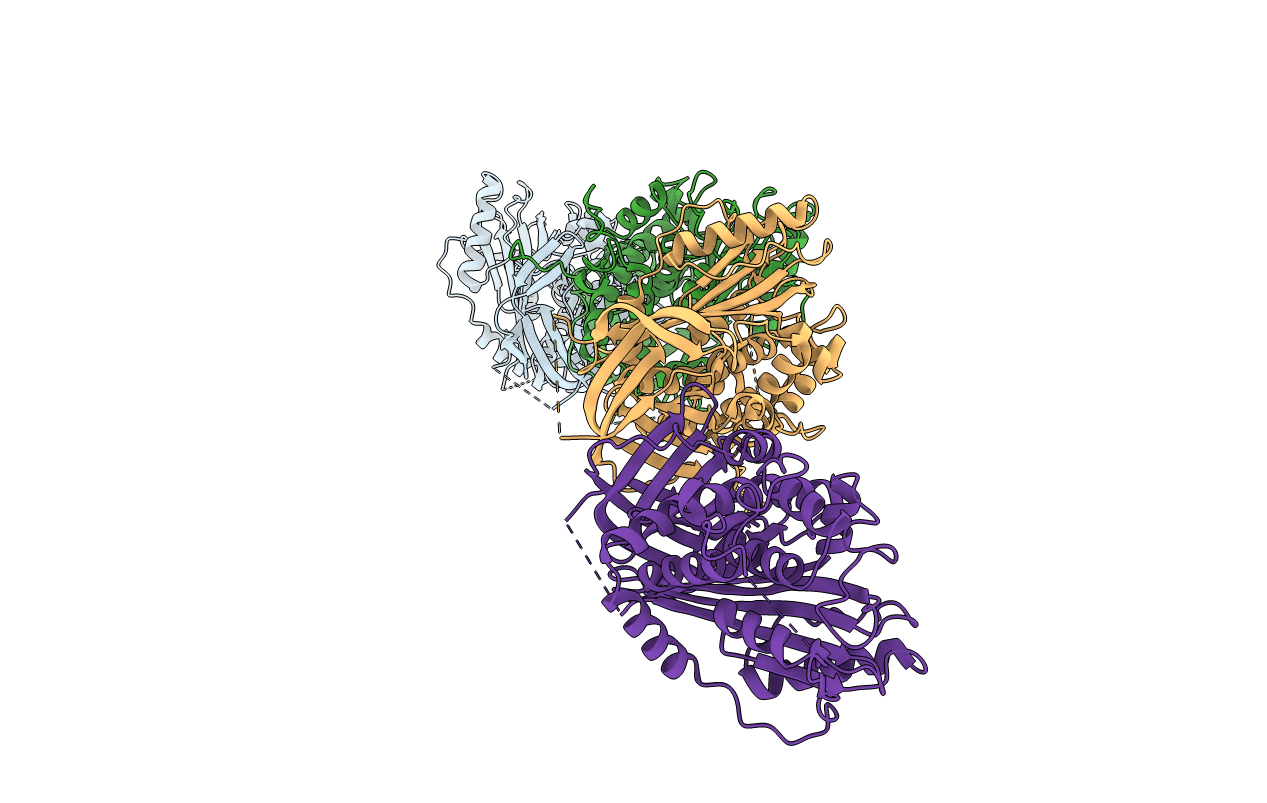
Deposition Date
2009-11-11
Release Date
2010-10-20
Last Version Date
2024-11-06
Entry Detail
PDB ID:
2WXX
Keywords:
Title:
Crystal structure of mouse angiotensinogen in the oxidised form
Biological Source:
Source Organism:
MUS MUSCULUS (Taxon ID: 10090)
Host Organism:
Method Details:
Experimental Method:
Resolution:
2.95 Å
R-Value Free:
0.27
R-Value Work:
0.22
R-Value Observed:
0.22
Space Group:
C 2 2 21


